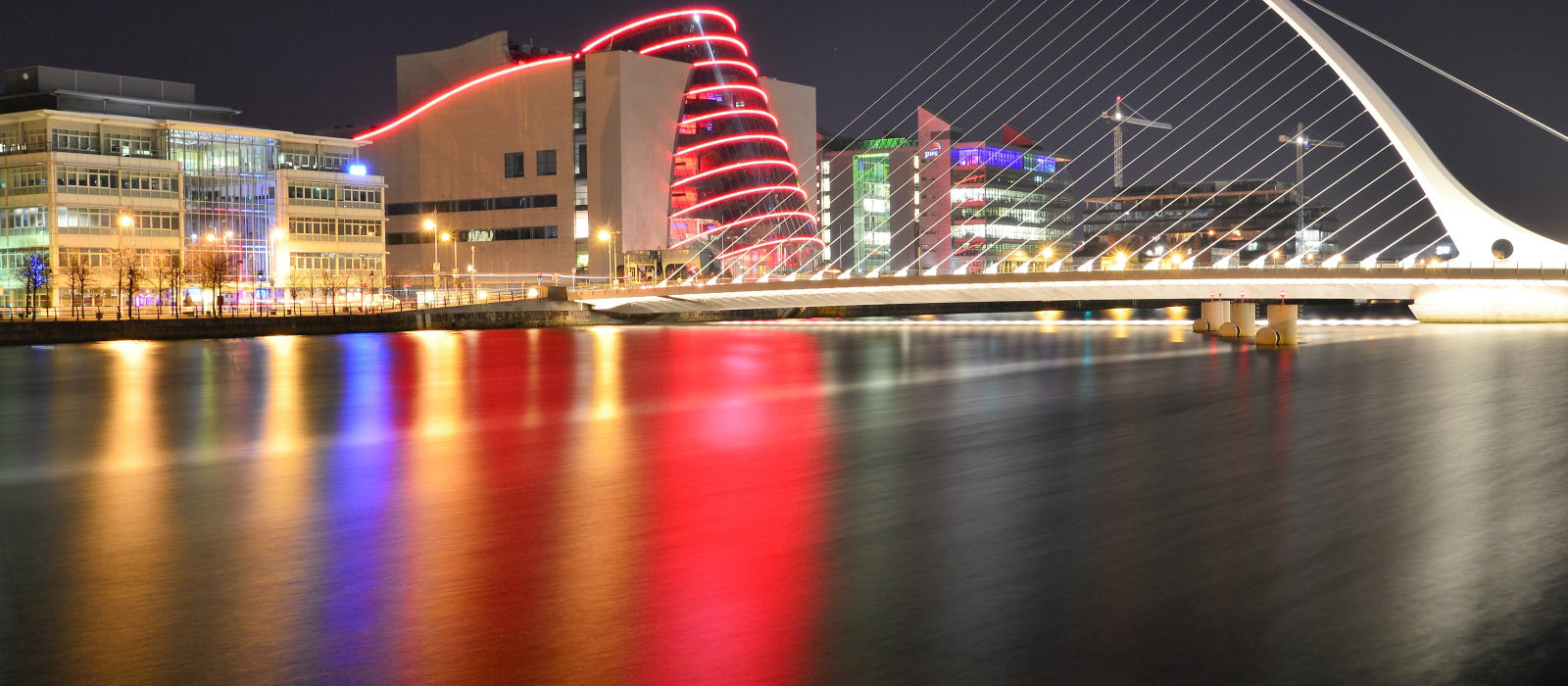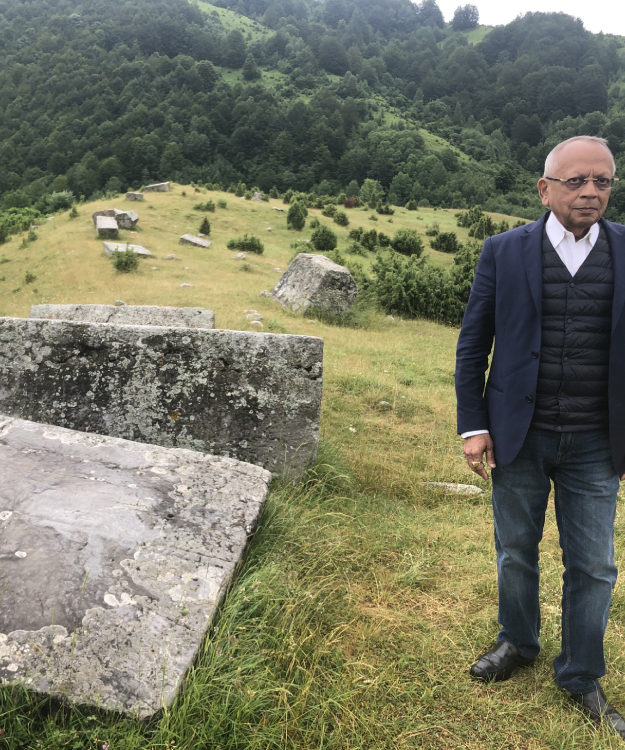It started with my first trip to Ireland in the early 1980s. I had feasted on Irish literature and playwrights over the past 10 years, so was looking forward to John Myllington Synge’s ‘Playboy of the Western World “ and Sean O’Casey’s “The Plough and the Share” both set in an earlier time and place. Both had caused riots and been subsequently banned in Dublin at the famed Abbey Theatre during their premieres. So, of course I was thrilled to see Playboy at The Abbey where it was fortunately playing while I was there. And the piece de resistance – Brian Friels (The Irish Chekov) had “Dancing at Lughnasa” playing in Dublin at the same time. These 3 plays encapsulated the voice of Ireland at its most tragic and gut wrenching period of history.
I was familiar with the Easter Rebellion Rising of 1916 fought by the Irish Republicans to end British rule in Ireland and set up an independent Irish Republic. This incident was repeated over and over again in most Irish plays.
But I was not familiar with the time of the Troubles. I discovered this only when I was strongly discouraged ,almost forbidden, from visiting Belfast during this trip in 1982. It was deemed unsafe and the civil war between the British Loyalists and Irish Republicans – in effect the Irish Catholics and British Protestants – had taken an ominous turn. The Irish Republic Army (the IRA) was at its most virulent. Bobby Sands, an elected Member of the British Parliament began his hunger strike in 1981 and died of starvation in the infamous Maze Prison. The Troubles was the term given to this conflict which raged on till 1998. Even today, Belfast is deeply divided with the looming Brexit heading towards a hard border between Northern Ireland and the rest of the country.
So, when the extraordinary The Ferryman came to Broadway after its spectacular West End run, I knew I was in for something truly Irish in magnitude and scope. And it was set during the time of the Troubles.
Every once in a while you see a play that is so satisfying on every level of expectation that you are compelled to exclaim – how fortunate am I. I would rate The Ferryman by Jez Butterworth and directed by Sam Mendes in that category. As a theater experience it is consistently absorbing, emotionally rich and beautifully executed. The play takes place on harvest day in County Armagh, Northern Ireland and in its sweep the playwright unfolds violence, family secrets, forbidden desires, the power of the church, and the role of the IRA in every Irishman’s life.
All this is seen through the eyes of the Carney family – and there are many Carneys on stage – in one corner old Aunt Maggie Far Away who fades in and out of her own consciousness and in the other corner the youngest member of the Carney family, a 6 month old baby who amazingly doesn’t cry or even whimper.
Running around the farmhouse are several children, some foul mouthed teenagers who have come in to help and even a live goose for the harvest feast. A cast of more than 20 appear on stage though at the epicenter are Paddy Considine (in the role of Quinn Carney) and Laura Donnelly (in the role of Caitlin Carney) whose secret yearning leads to terrifying consequences.
The play takes place in 1981 and it is important to know that Maggie Thatcher, then Prime Minister of England, was refusing to recognize IRA men who were starving themselves to death in protest, as political prisoners, most famously Bobby Sands.
The inspiration for the play comes from a personal experience – the disappearance of Eugene Simons, an uncle of the playwright’s wife. Simons was a former IRA activist who disappeared in 1981 and was found dead in 1984. He was added to the list of the 18 “Disappeared”. By exploring a personal tragedy, the writer succeeds in creating a universal tale of loss and uncertainty. In fact, the name The Ferryman is derived from Virgil’s The Aeneid, where the Ferryman ushers the buried dead to the afterlife.
The play starts on a grimy back street in Londonderry where Father Horrigan, a priest has been dragged for a meeting with the notorious Mr. Muldoon. The scene is electric – one of Horrigan’s parishioners, missing for a decade, has been found in a bog, and Muldoon wants Father Horrigan to carry this news to the dead man’s brother.
The next scene – the hearth of the Carney family – is where the rest of the play takes place. It is harvest day, preparations for which will take place in the kitchen and the fields. There is much drinking and feasting and it is all perfectly jolly but for the dark shadow cast in the opening scene.
There are riveting, harrowing scenes of sheer love and violence all intermixed effortlessly. The underlying premise being that you can derive love, deep affection and intense friendship even when everything around you is being corroded and corrupted. And just when you thought we are all forsaken , there is always a ray of hope.
For Irish playwrights the past is always the present and the specter of the Easter rebellion, the suffering under the British, and the domination of the Catholic church are ever present themes. The Ferryman is Butterworth’s contribution to this body of literature but the playwright goes beyond that to uncover a people in thrall to centuries of history without always being aware of it.











